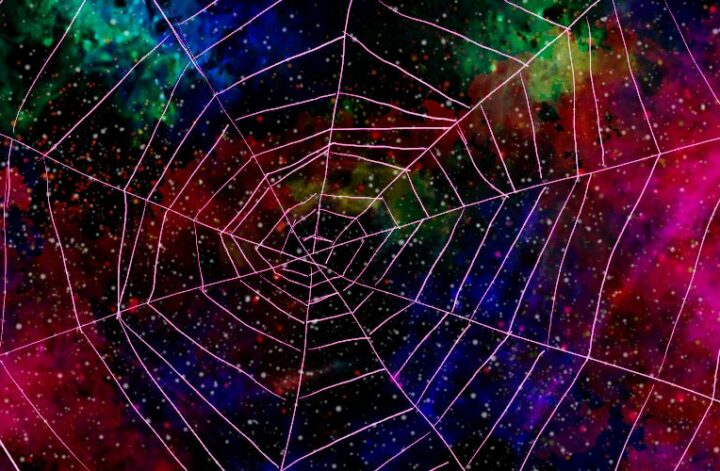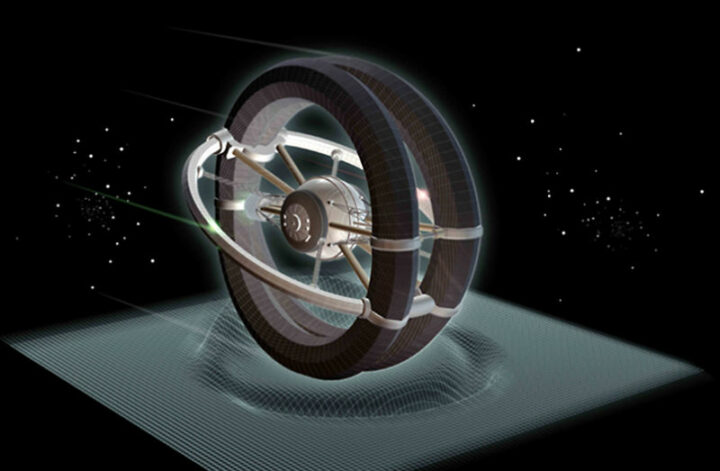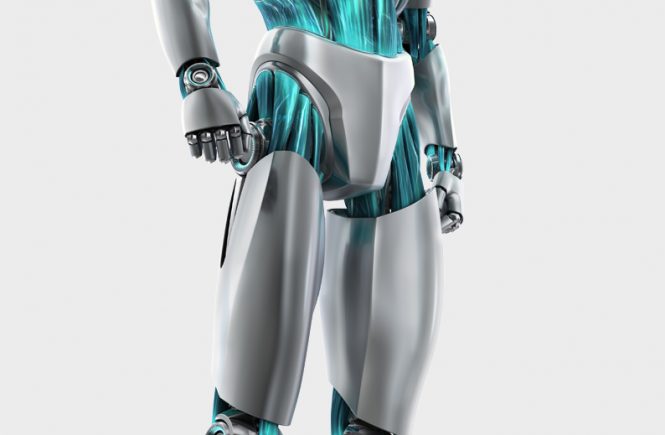Why does our universe have this web-like structure? How large is it? How far does it stretch? where does it end? what lies beyond the streams of galaxies?
- There must be a time when the matter in all these galaxies was together in one place, everything that astronomers have seen in their increasingly large telescopes has dated back to a singular beginning – the big bang.
- The expansion of the universe was predicted back in 1917 by Albert Einstein – galaxies are moving apart because space is expanding. The universe has gone from atomic size to cosmological size within a short time.
- The incredible fury of cosmic inflation helps explain the immense size and smoothness of the universe. it also helps us to account for how the universe produced what we see around us, all those stars, galaxies, clusters of galaxies, and life.
- scientists are attempting to piece together the chain of events that launched our universe in its earliest moments. by generating a little bang – gold atoms are blasted in opposite directions down tunnels almost 2 miles long, when the atoms reach just short of the speed of light, they are sent into violent collisions a fireball erupts, reaching more than two trillion degrees centigrade.
- What interests the scientist is the splatter of subatomic particles, a super-hot soup of quarks and gluons that the theory says gave rise to matter and generated the big bang.
- In the wake of the big bang, the universe was filled up with hot gas that scattered all light, as it cooled the cloud dissipated, and light showed through.
- overtime the spectral signature of this light would have shifted, as the universe expanded and cooled to what was discovered as smooth contours of the light as a result of hot and cold spots.
- Deep field images of out space make it seems as if galaxies and gas are randomly splashed across the universe, but for decades astronomers have been mapping out vast networks of roads and hubs made of mysterious substances known as dark matter that scaffolds the cosmos.’
- In the images, the origin of all we see around us today is smooth on a large scale, but with significant clumps from which gravity would form gas clouds, then stars and galaxies.
- with this cosmic template in hand, astronomers set out to discover how the patterns and the dimension of the universe evolved over time.
- with the help of computer-controlled telescopes and automated observation, astronomers could now launch a huge international collaboration with the goal of mapping a large fraction of the universe in 3D and laying out a grand cosmic roadmap.
- we will never for sure know what lies beyond our visual horizon as newer ideas about the universe’s size amount to a quantum leap in our sense of scale.




